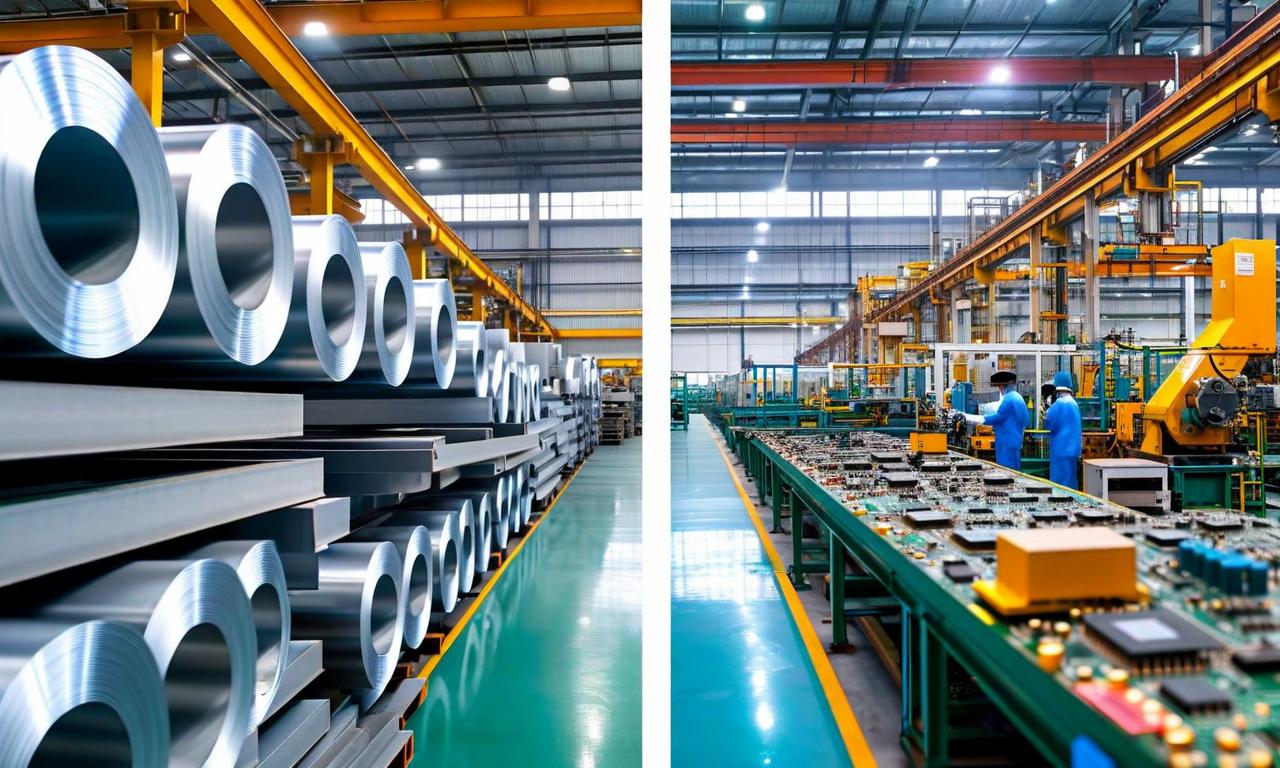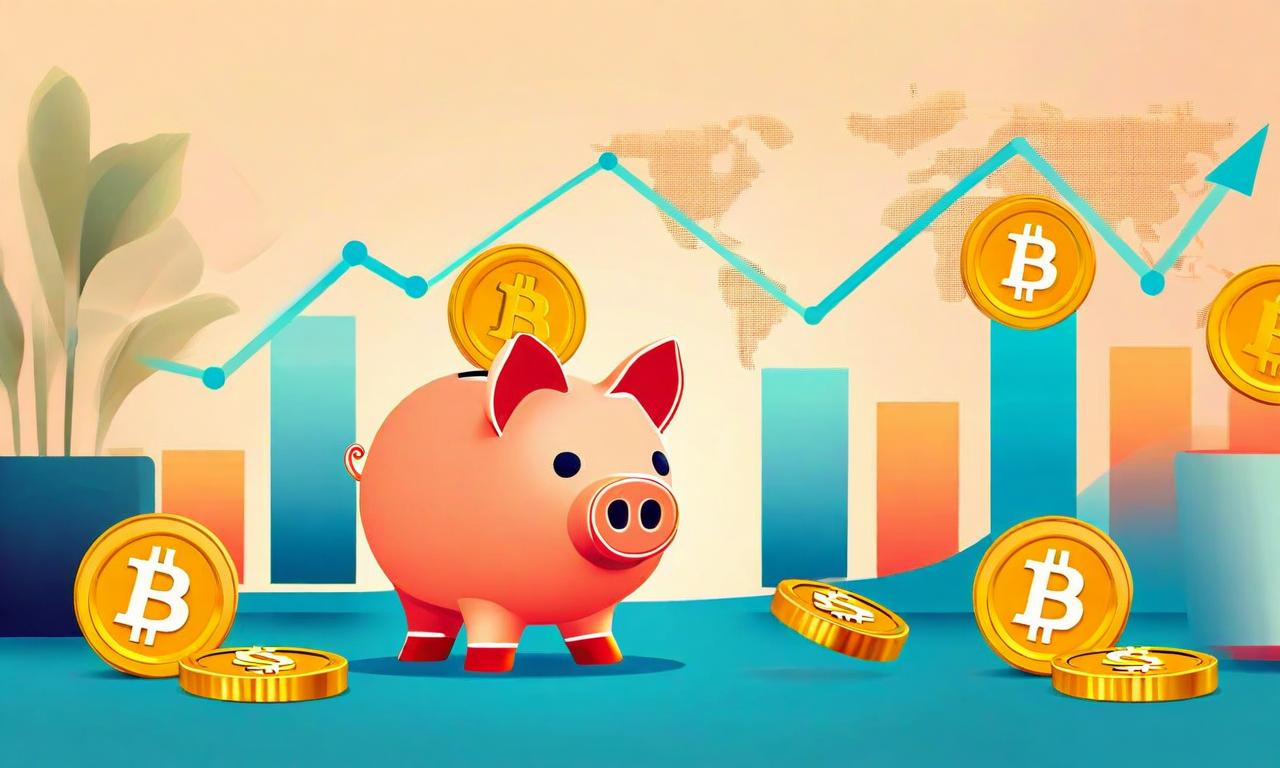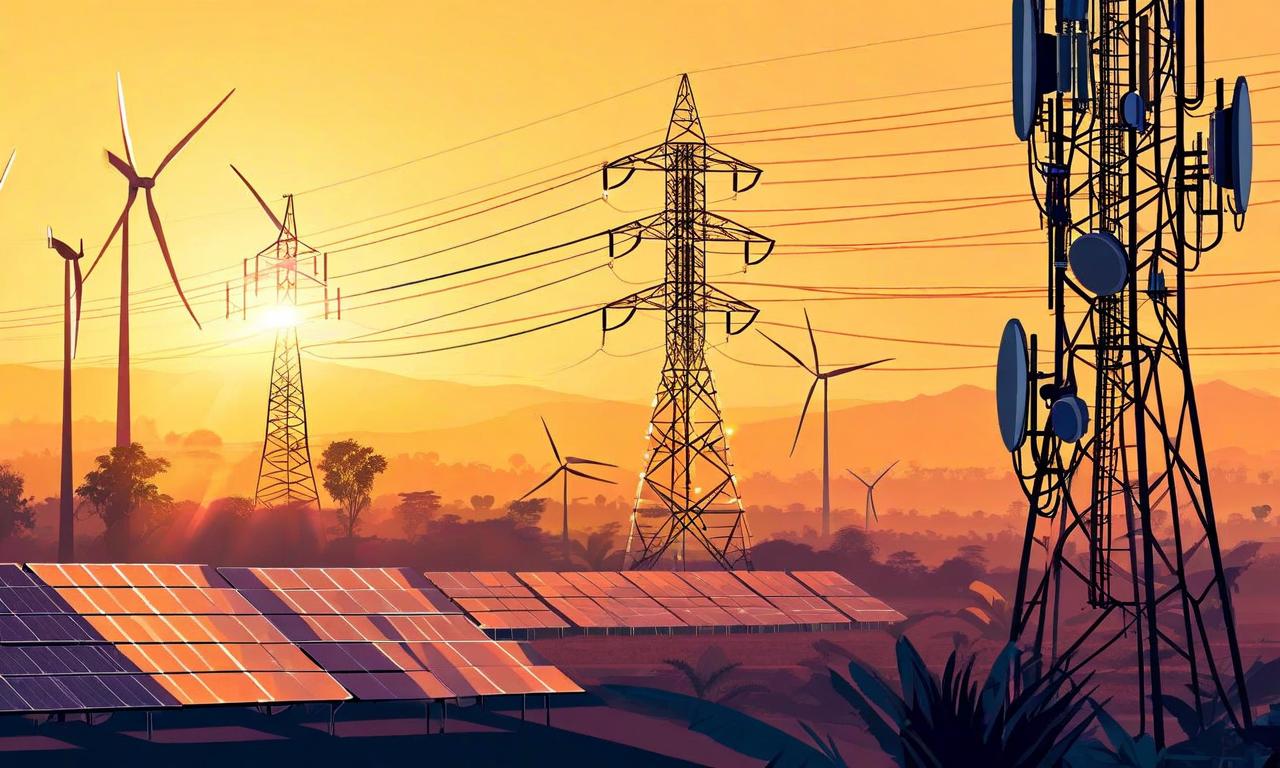Trump Announces Steel and Chip Tariffs, Set to Implement Next Week
Donald Trump has revealed plans to implement new tariffs on steel and semiconductor chips, set to take effect next week. The announcement targets two key industries but specific rates and scope remain undisclosed. Trump also mentioned Putin's interest in Russia's economy during a business meeting. The proposed tariffs could significantly impact global trade dynamics, domestic industries, and the tech sector.

*this image is generated using AI for illustrative purposes only.
Donald Trump has unveiled plans to introduce new tariffs on steel and semiconductor chips, with implementation scheduled for next week. This announcement comes as part of Trump's ongoing economic strategy, potentially impacting global trade dynamics.
Tariff Details
Trump's proposed tariffs are set to target two key industries:
- Steel Industry
- Semiconductor Chip Industry
The specific rates and scope of these tariffs have not been disclosed in the initial announcement, leaving industry analysts speculating about their potential impact on domestic and international markets.
International Relations
During a business meeting, Trump also made a notable comment regarding Russian President Vladimir Putin. According to Trump, Putin has expressed interest in his country's economy. This statement hints at potential discussions or considerations involving US-Russia economic relations, though the context and implications of this interest remain unclear.
Potential Implications
The announcement of new tariffs on steel and chips could have far-reaching consequences:
- Global Trade: These tariffs may influence international trade relationships, particularly with major steel and semiconductor exporting countries.
- Domestic Industries: U.S. manufacturers relying on imported steel and chips might face increased costs, potentially affecting their competitiveness.
- Tech Sector: The semiconductor industry, crucial for various technology products, could see significant impacts from chip-related tariffs.
- Economic Strategy: This move appears to align with Trump's previous approaches to trade policy, emphasizing protectionist measures for certain U.S. industries.
As the implementation date approaches, markets and industry stakeholders will be closely monitoring further details and potential responses from affected countries and sectors.





























